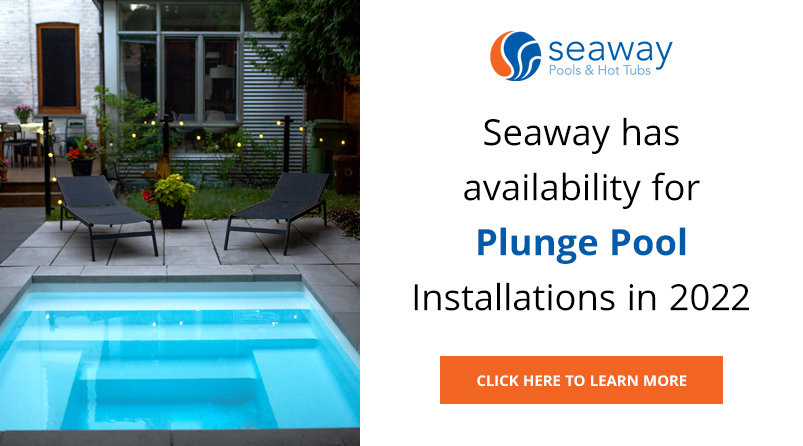Nov
2015
23
Hot Tub Sanitizers and Disinfectants
According to many hot tub dealers, one of the most confusing issues for customers is regarding water cleanliness. And whether they are researching on the Internet, or asking a retail sales clerk, the terminology and product options are more confusing than explanatory. Customers often hear about alkalinity, pH levels, water hardness, sanitizers, oxidizers, and chlorine. But they still walk away in wonder, without even an understanding of the basics.Sanitizing and disinfecting a hot tub is probably the most important component of maintenance. It’s the sanitizers that kill bacteria and viruses, and prevent algae growth. In general, the most common sanitizers for hot tub are chlorine and bromine. Chlorine is usually the sanitizer that’s added to swimming pools. Chlorine is also safe for hot tub use, but in a different concentration. For hot tubs, chlorine is available in tablets or granules. To keep things simple (and not too technical), it’s best just to understand the basics of chlorine. In general, there are five different types. And while all chlorine products are considered to be sanitizers/disinfectants, each type has a different quality, composition, and use. Important to note with any of the products is the actual level of “available chlorine”. In short, higher “available chlorine” means more disinfecting power for the product.Sodium Hypochlorite
This is a liquid chlorine product that has between 10% and 12% “available chlorine”. The term “available chlorine” denotes the specific amount of chlorine released into the water. As a product, sodium hypochlorite is most commonly used in larger swimming pools.Lithium Hypochlorite
Calcium Hypochlorite
This is a chlorine product that’s available in granules, pucks, or tablets. Calcium hypochlorite has an “available chlorine” level of between 40% and 80% and is considered to be the most popular of domestic chlorine products – very common for use in home swimming pools.Trichlor and/or Dichlor

